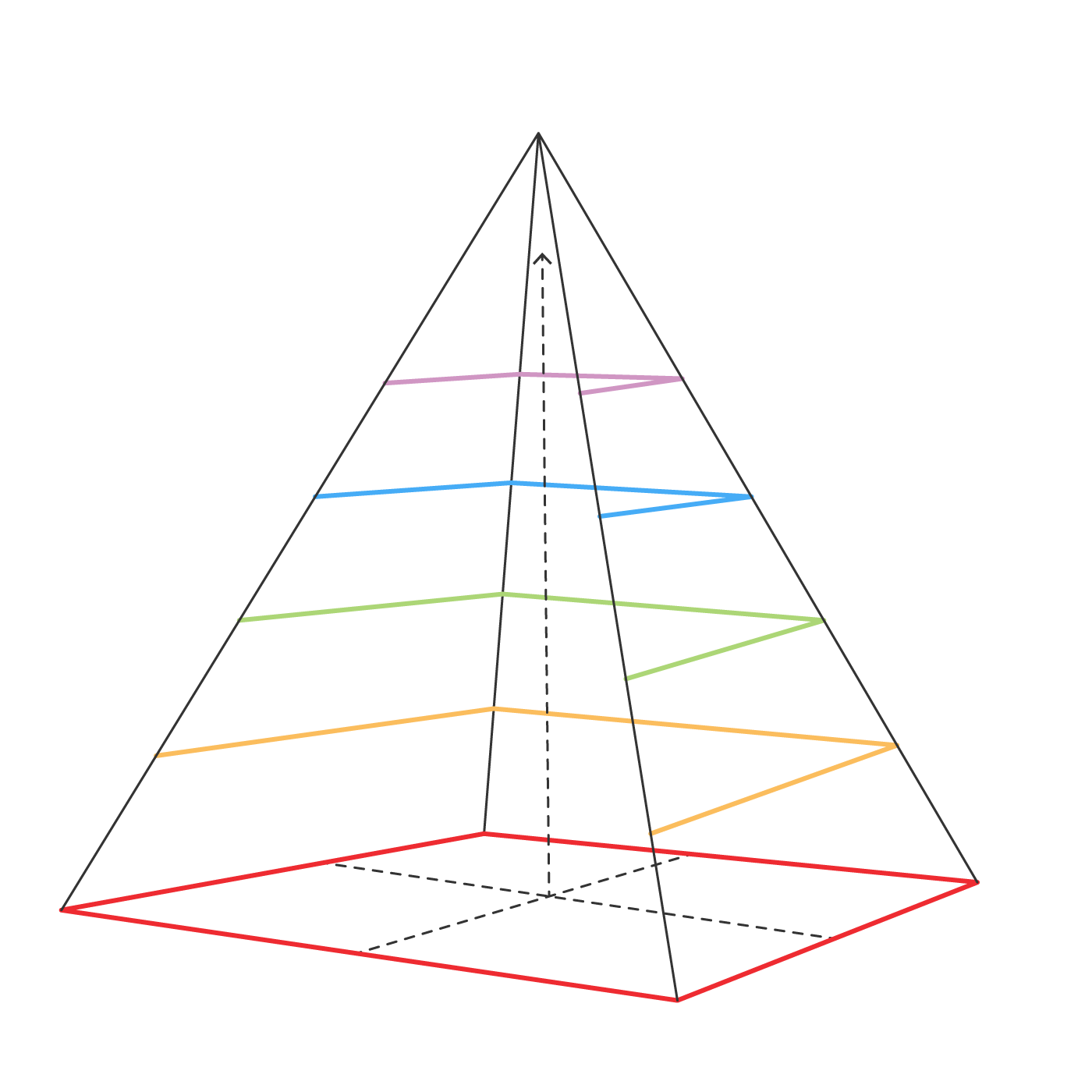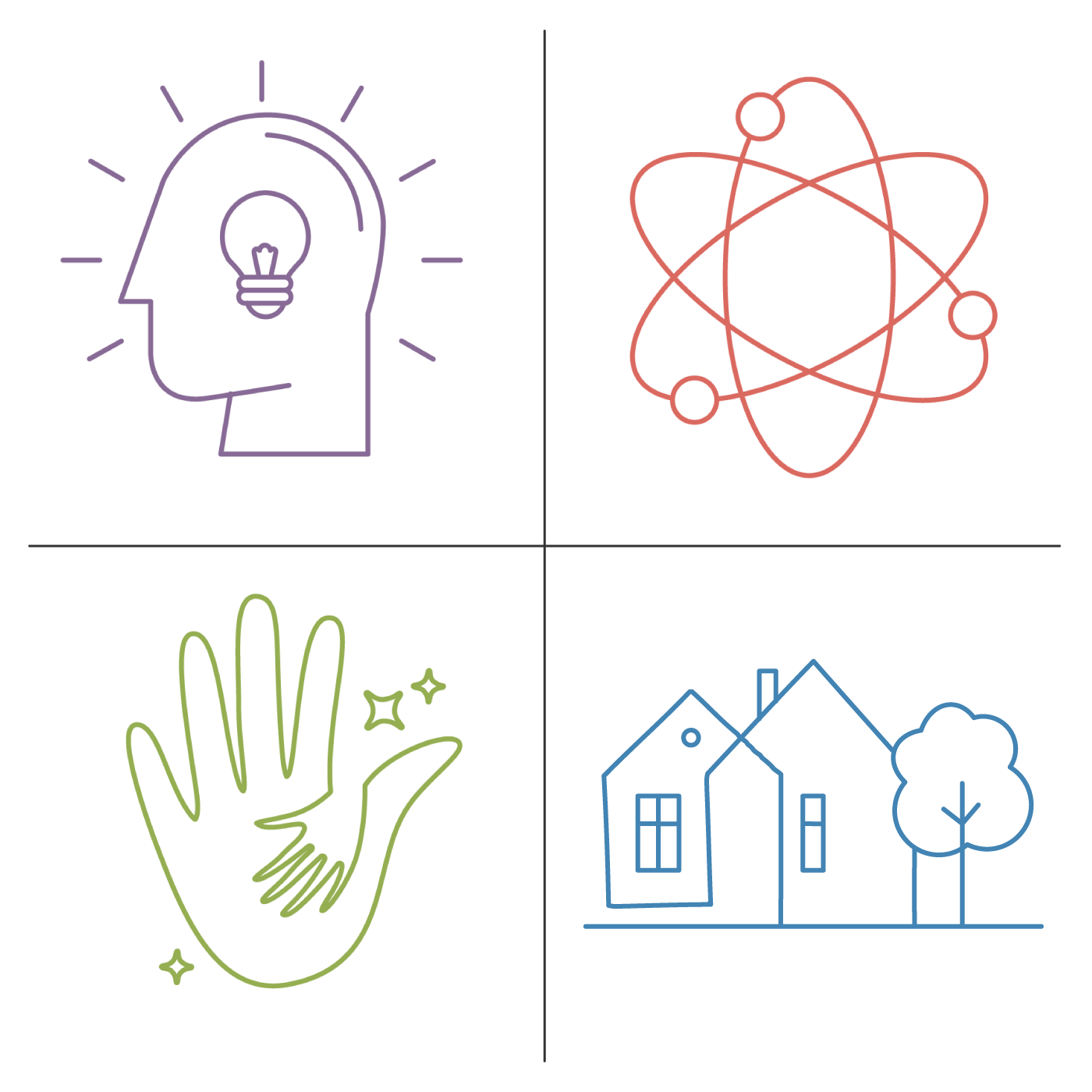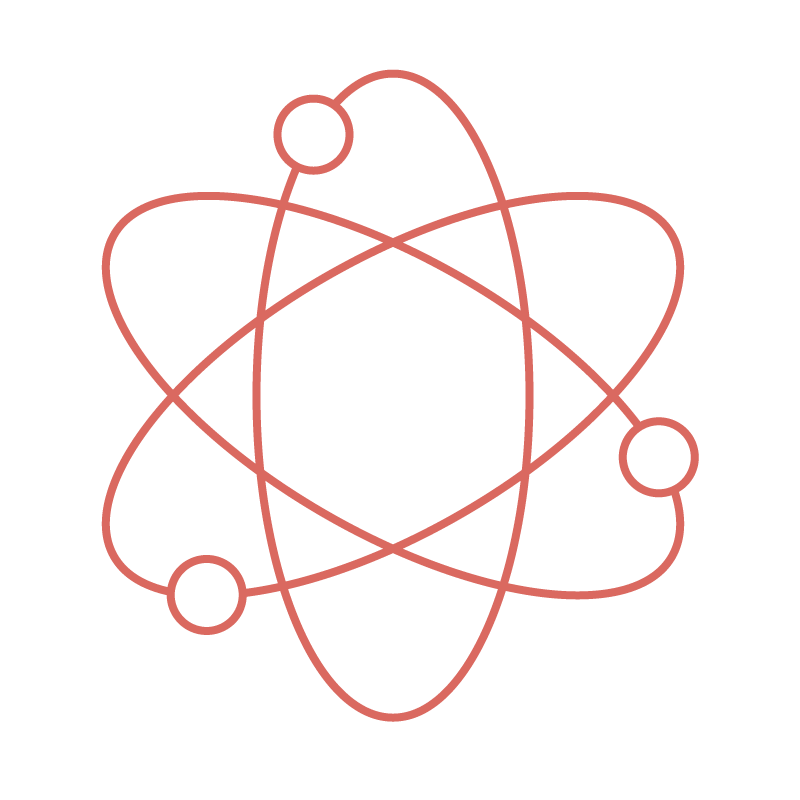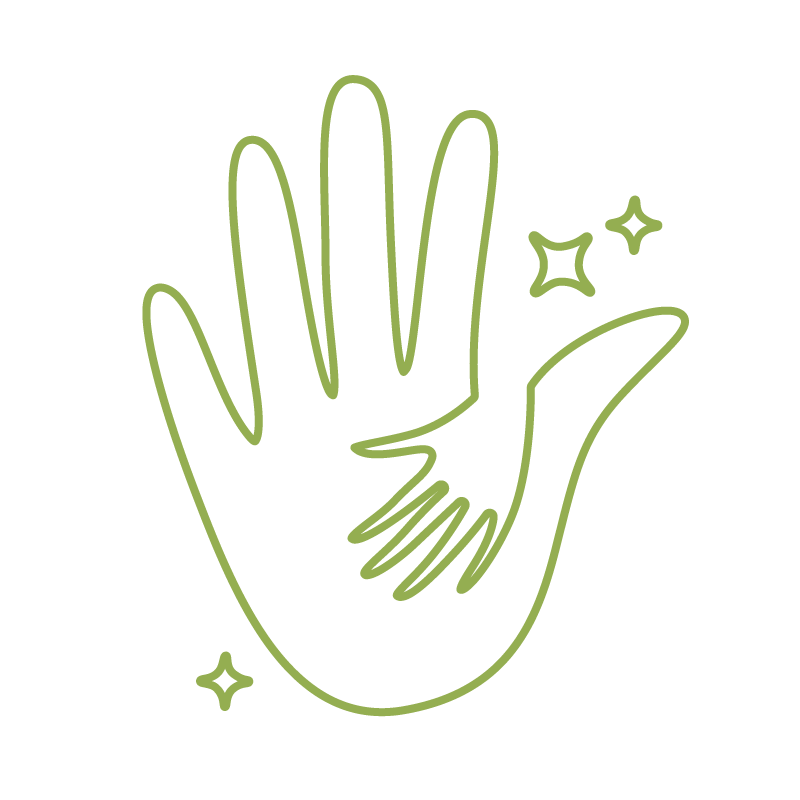
"I have an important rule: everybody is right. More specifically, everybody -- including myself -- has some important piece of truth and all this pieces have to be honored, cured and included in a broader and compassionate embrace".
Ken Wilber
Seen in the light of the integral vision, the Maslow's hierarchy of needs may be represented as a square-based pyramid; each of its levels has four faces (mind, body, relations, environment), to consider as four perspectives about the primary needs of each phase of life.
In this way it's possible to escape to a too rigid vision of human needs, enriching our comprehension of further facets and nuances.
Helping us to recognize the four essential dimensions of being persons with their own needs, desires and talents is a precious instrument for our growth.


As we have seen before, the Integral Pyramid presents four faces or quadrants corresponding to the primary points of view from which we may observe and act in the world. Each phase of our developing process, physical, psychological and relational, follows these four primary lines of development.
These dimensions must be adequately considered and nourished for them to grow, develop and consolidate; this applies to each level of the Integral Pyramid.
Vita 4.0 offers instruments and practices which will help us nourish and balance the four primary areas of our being and acting in the world.
The inner, individual dimension of the mind is made up of abstract elements: thoughts, emotions, memory and ideas. All we perceive internally and individually can't be measured but only experienced: this is the dimension of awareness and motivation.
It is the ability to access emotions, to explore thoughts, to navigate the inner world, to be aware of what has value and is meaningful to us.
If a healthy mind depends on a healthy body, a healthy body also depends on a healthy mind, therefore it is very important to nourish this dimension.


The external individual dimension of the body is made by physical elements: atoms, cells, organs, brain, synapses and brain waves, a dimension we may observe and reach out manifesting our actions and external being.
In other terms this is the dimension in which all that can be touched, weighed and measured comes into play .
Taking care of our body is essential for our well being and to entertain healthy relationships with others.
The internal and collective of relations is constituted by all those exchanges taking place among persons and among living being in general: relatives, friends, partners, lovers, colleagues and animals. This is the dimension where shared values and a sense of community are produced and maintained.
By understanding relationships we evaluate whether we feel a sense of belonging or non-belonging, connection or separation, cooperation or conflict.
Knowing how to recognize social rituals, cooperate and contribute to the broader collective dimension allows us to live in a group and to give and receive support while also making the most of our relationships with the environment.


The external and collective dimension of environment is constituted by the natural and physical places as well as social [spaces]: room, house, neighborhood, city and workplace up the extended dimension that goes from our planet to the whole cosmos.
Fully understanding and being aware of the actual weight for our choices may allow us to have a broader vision of an heritage that is not ours in particular but common to all of us...
Organizing our lives, taking care of the environment in terms of eco-sustainability, thinking holistically these spaces allows us to significantly experience our relationship with it, improving our lives.